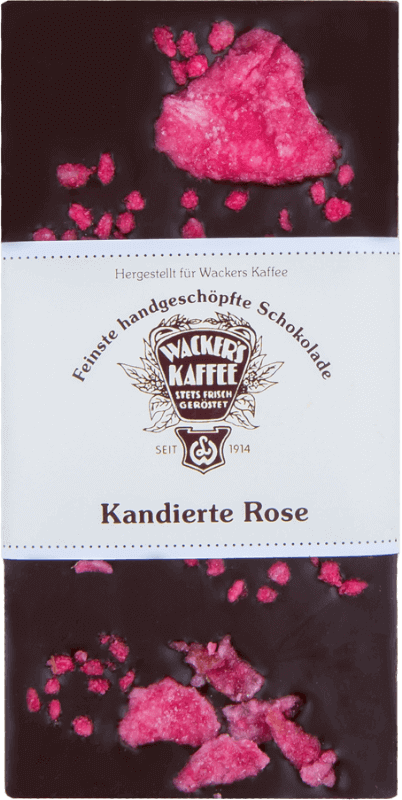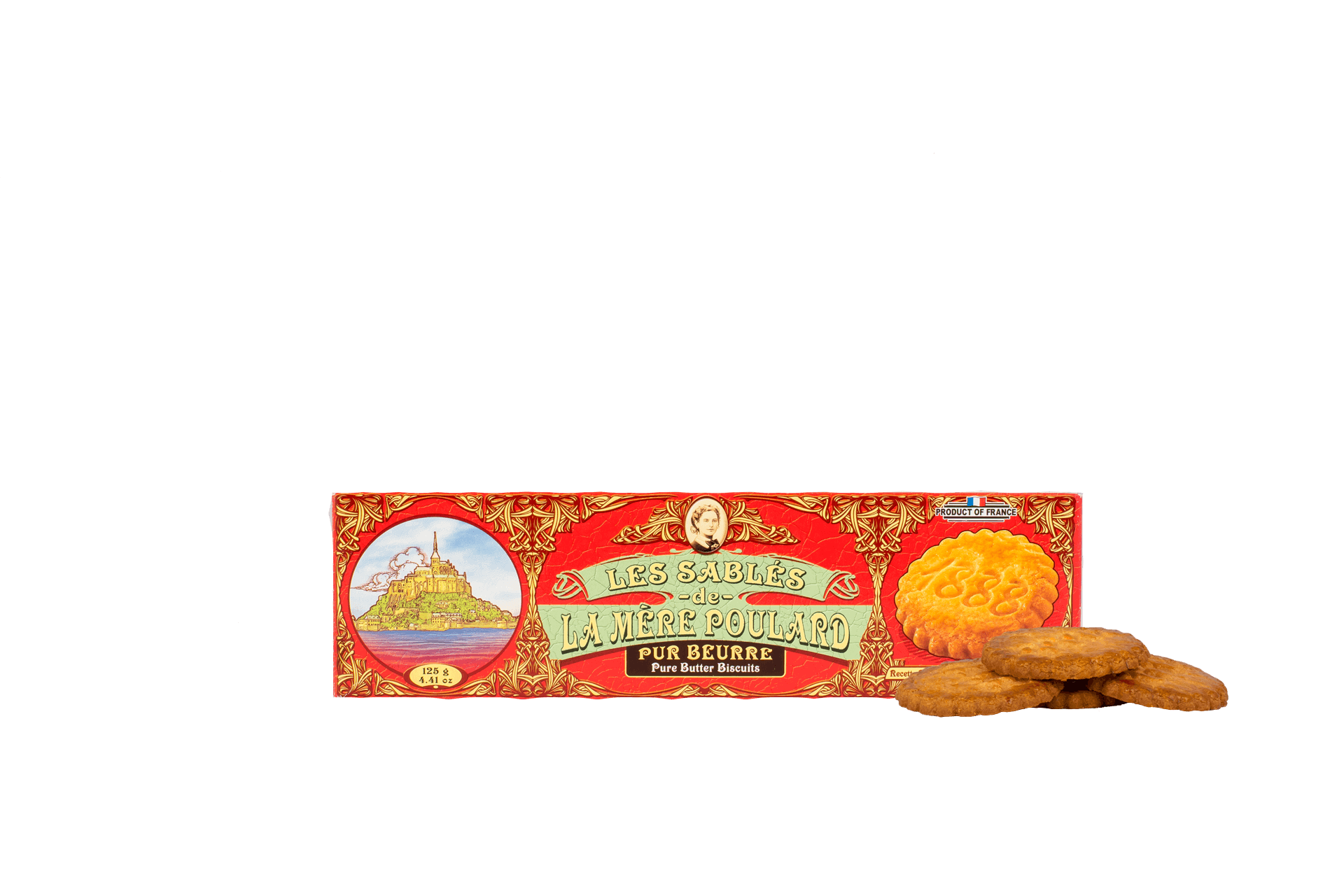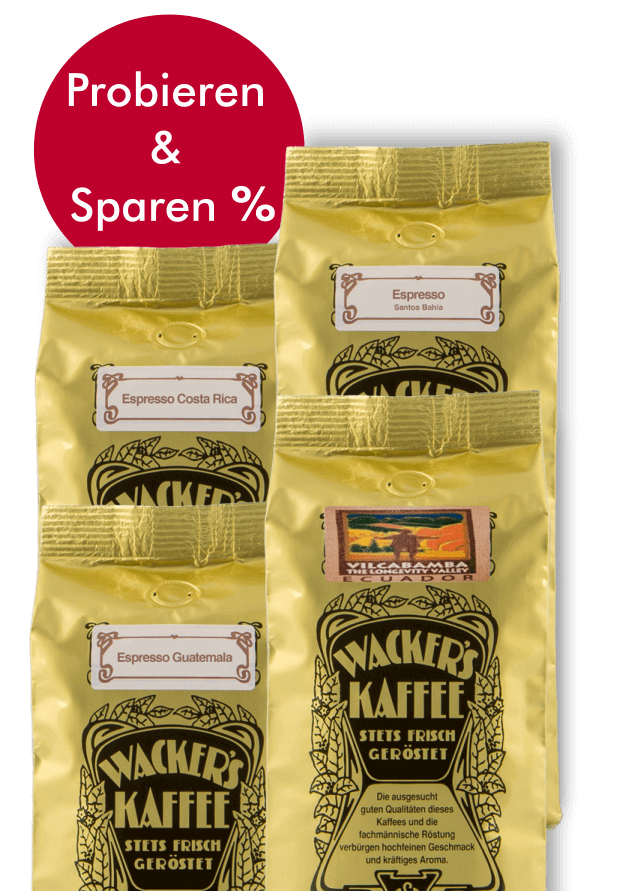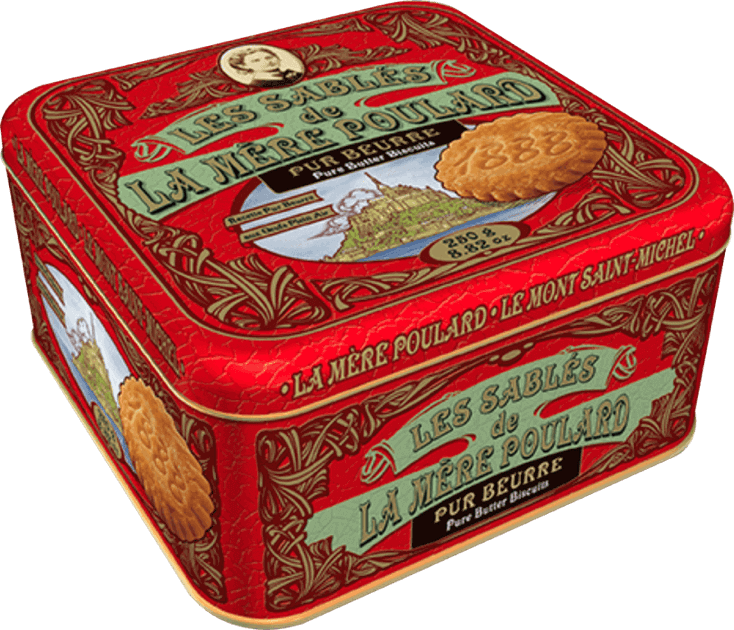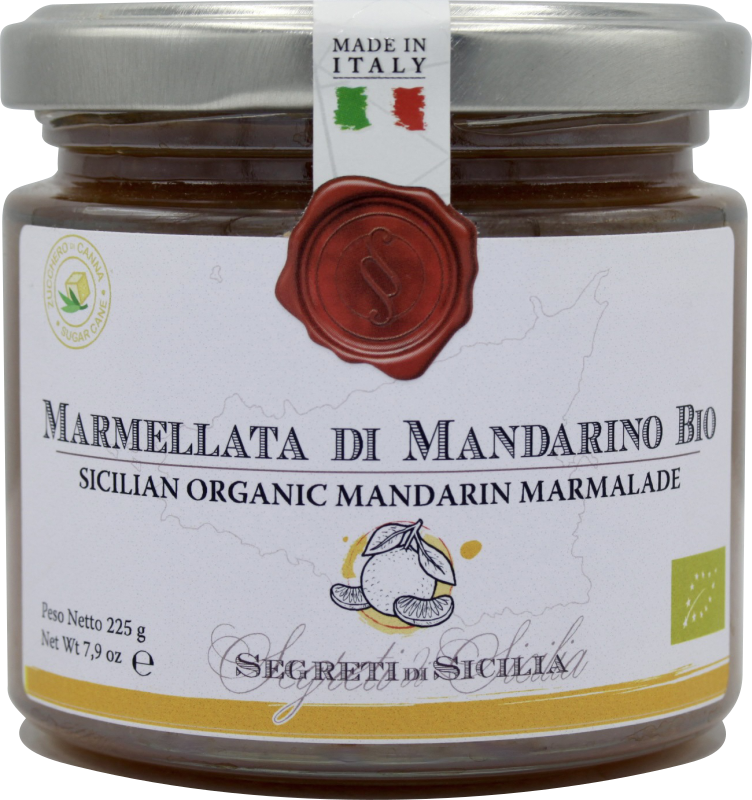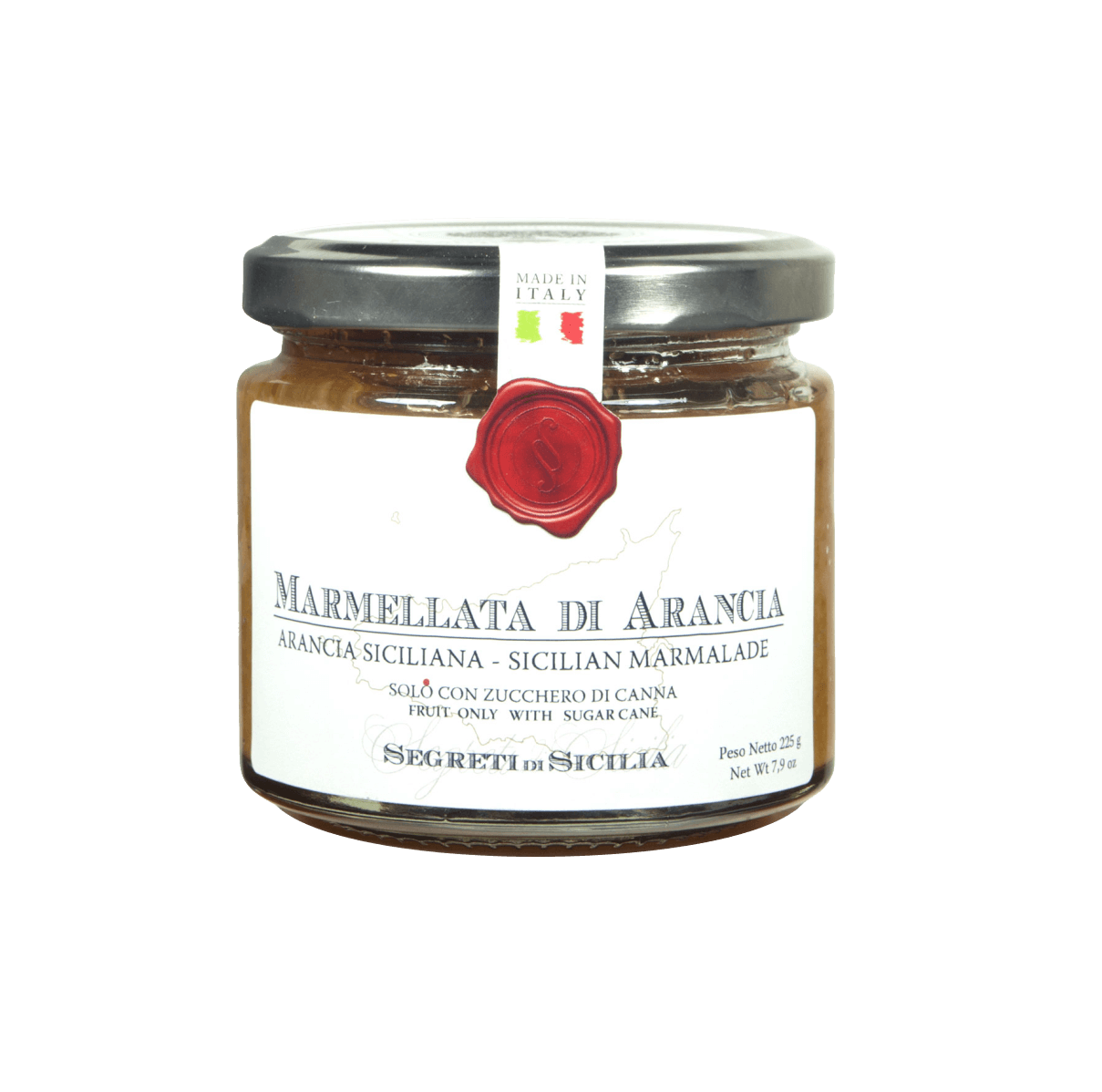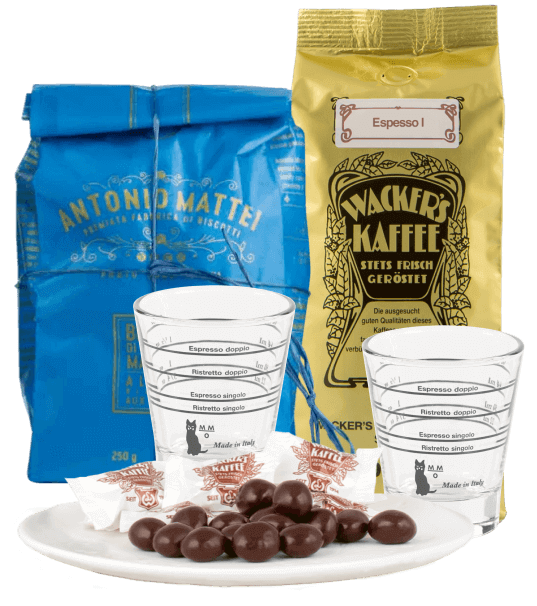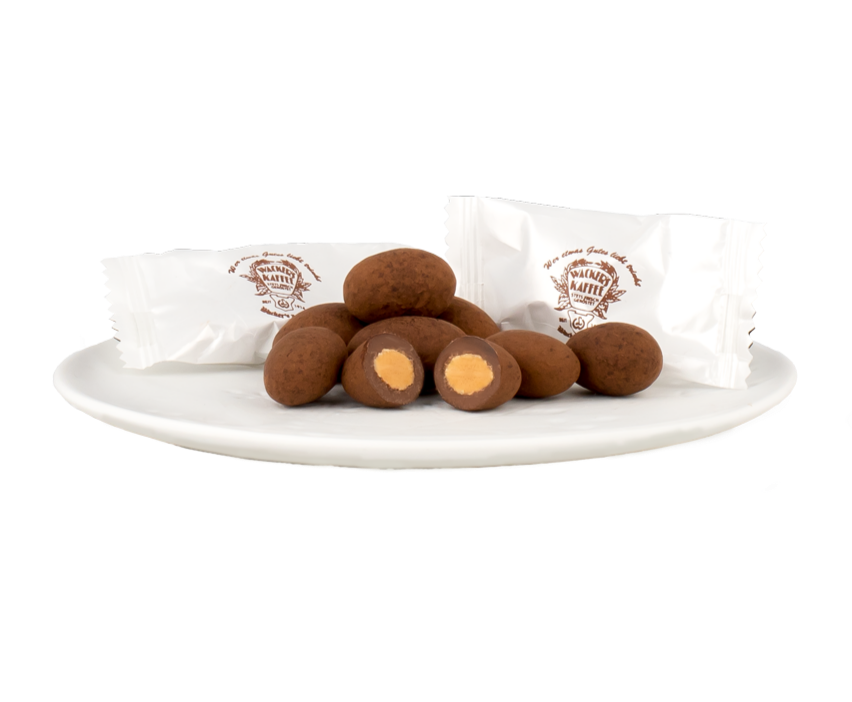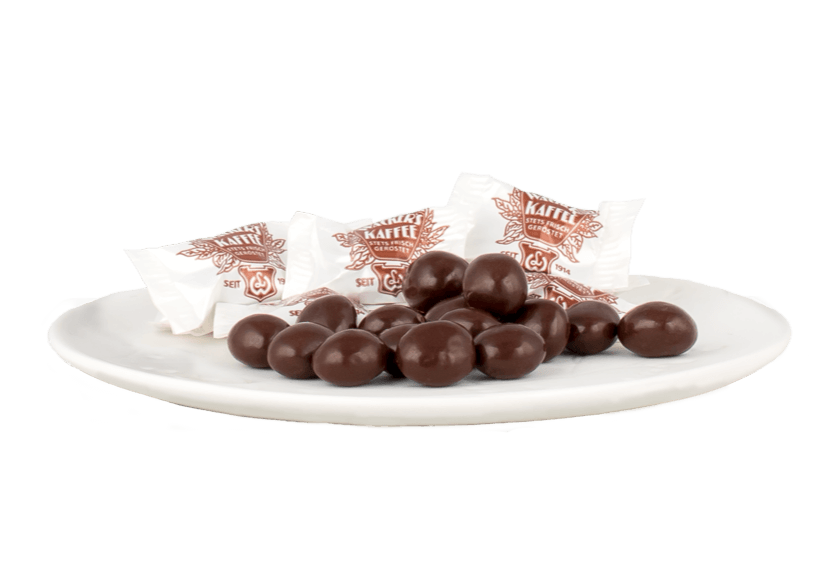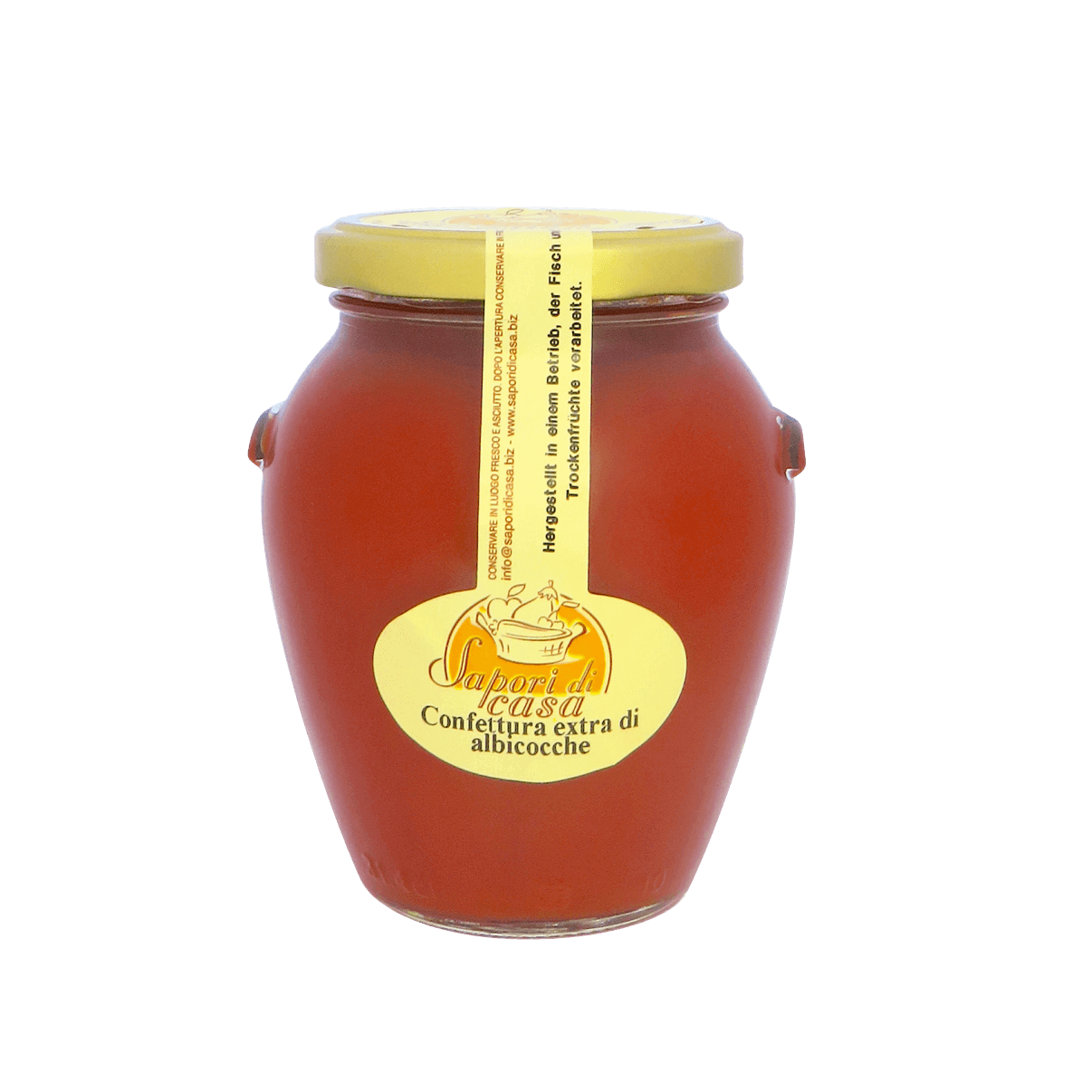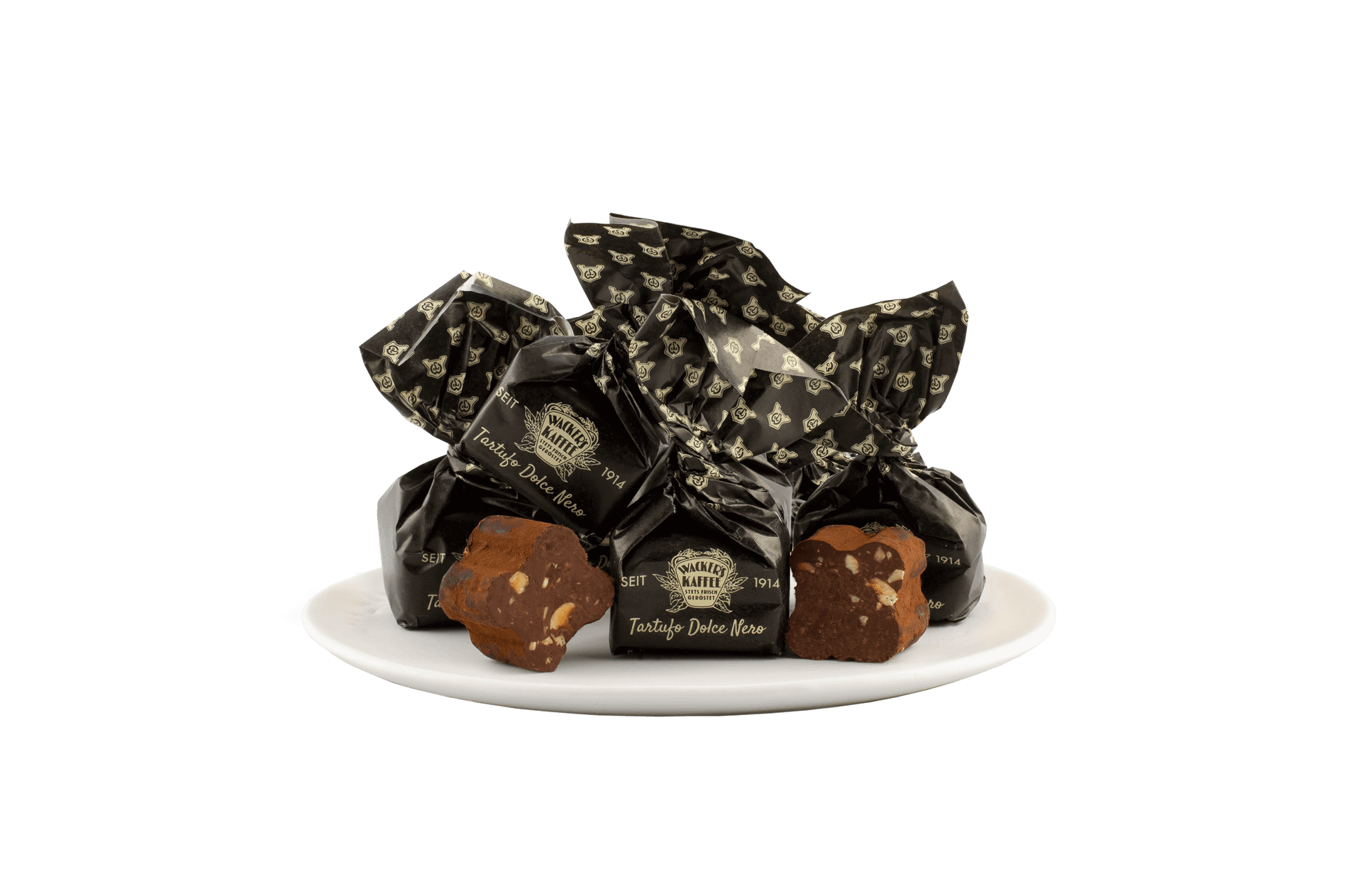The special thing about Wacker's chocolate
A full-bodied taste, unforgettable aromas and high-quality craftsmanship – this is what Wacker's chocolate stands for. For the ultimate gourmet experience, you should pair your delicious coffee with a sweet treat. At Wacker’s, will find a carefully selected range of the finest chocolates.
Wacker's chocolate is hand-made in the highest quality and, on request, further enriched with exquisite additions such as natural nuts and candied fruits. Wacker's chocolate is also available with different cocoa contents. There really is something to suit every taste!
Do you prefer sugar-free chocolate? No problem! Allow us to recommend our sugar-free macri chocolate, which is exclusively sweetened with dates. When you enjoy Wacker’s chocolate, not only are you treating yourself to something special, you also supporting cocoa farmers in the export countries where we source our chocolate.
Germany loves chocolate!
Did you know that Germany is not only one of the largest importers of cocoa, but is also one of the largest exporters of chocolate products in the world?! Countless products manufactured by the German chocolate industry are also eagerly consumed by Germans themselves. On average, each German eats around 9 kg of chocolate per year. This means that we are not only among the front runners in terms of import and export, but Germany also makes it into the top 5 worldwide when it comes to chocolate consumption.
Chocolate in all its beautiful diversity!
These days, chocolate is available in a wide variety of tones, shapes and sizes. The goal is always to produce a high-quality, delicious and unique chocolate product. Because of its variety and different flavours, we just can't resist chocolate. The wide choice of chocolate products on offer means that everyone can find their own favourite variety. But did you know that chocolate can only be called chocolate if it has a cocoa content of at least 35% and contains at least 18% cocoa butter? This is what the German Cocoa Ordinance stipulates.
The Cocoa Ordinance
The German Cocoa Ordinance (Kakaoverordnung) was first issued in December 2003 and has existed in this form since then. The basis for the German Cocoa Ordinance was the Cocoa Directive passed by the EU in June 2000. The ordinance enables the simple classification and differentiation of different types of chocolate. The ordinance stipulates, among other things, the composition of the individual ingredients that may be included in German cocoa and chocolate products, and it is binding in nature. All known chocolate products offered for sale must be classified and manufactured in accordance with this ordinance.
Milk chocolate
Milk chocolate is by far the most popular type of chocolate in Germany and many other countries. According to the Cocoa Ordinance, chocolate must have a cocoa content of at least 25% to be designated “milk chocolate”. In addition, it must contain at least 14% milk solids and 3.5% milk fat. This is what gives milk chocolate its light brown colour and delicate melt-in the-mouth texture. The sweetness of milk chocolate pairs wonderfully with the bitterness of coffee.
Dark chocolate
Compared to the creamy, sweet taste of milk chocolate, dark chocolate is bitterer and, as the name suggests, a lot darker in colour. This is due to its significantly higher cocoa content: chocolate must have a cocoa content of at least 60% to be designated “dark chocolate”. But there are other types of chocolate with an even higher cocoa content. The rule of thumb is the higher the cocoa content, the darker and bitterer the chocolate will be. Dark chocolate is the ideal pairing with coffee, as both aromas harmonise perfectly with each other.
White chocolate
When it comes to chocolate classification, white chocolate is a special case. In contrast to other types of chocolate, white chocolate doesn’t actually contain any cocoa. But it must contain at least 20% cocoa butter and a high milk content. With a market share of just under 28%, it is the most unpopular of the three classic chocolate types described. Nonetheless, a piece of white chocolate adds a highlight to your coffee enjoyment, both in terms of colour and flavour.
All about the cocoa bean
Cocoa beans are at the heart of our chocolate. We use carefully selected cocoa beans to ensure a particularly full-flavoured, melt-in-the-mouth experience. Cocoa beans are the seeds of the cocoa pod. Half of each bean consists of so-called cocoa butter, which is rich in valuable polyphenols. At this point you’re probably wondering what polyphenols are.
They are aromatic compounds found in all types of fruit and vegetables, and are known for their health benefits. Some of them can have a positive effect on your cardiovascular system, and are also said to reduce the risk of cancer. Definitely one more reason to treat yourself to a delicious piece of chocolate every now and then!
Facts about the cocoa bean:
Seed of the cocoa pod
Half of the bean consists of cocoa butter
Contains valuable polyphenols
The largest import region for cocoa is the Ivory Coast (Côte d’Ivoire)
In 2018, Germany imported 460,000 tons of cocoa (value 973 million euros)
Its flavours form during a seven-day fermentation process in banana leaves
Roasted cocoa beans contain around 400 different aromas
It takes around 50 cocoa beans to produce a 100 g bar of chocolate
From cocoa beans to delicious bars of chocolate
During the cocoa bean roasting process, up to 400 different cocoa aromas develop. The length and temperature of the roasting process are important factors in determining the taste of the chocolate product. Particularly high-quality cocoa varieties are roasted for a shorter time and at lower temperatures in order to maintain the aroma profile. Cocoa beans that will later be processed into cocoa powder, for example, are roasted for longer and at higher temperatures. After roasting, the cocoa beans are broken open and lose their shell. The remnants of the cocoa kernel, also known as “nibs”, are left over at the end. Cocoa nibs have an intense smell of chocolate.
The next step on the way to producing edible chocolate is the grinding process. After the cocoa beans have been crushed into nibs, they are ground into a fine powder. A mechanical grinding process breaks down the cell walls of the cocoa beans, releasing the fine cocoa butter. The frictional heat created during the grinding process melts the golden-yellow cocoa butter, which is pressed out at the end of the process. What remains is known as the cocoa press cake. This is a low-fat block of cocoa which is turned into liquid chocolate through further rolling and conching and the addition of other ingredients such as cocoa butter. We use this liquid chocolate to make delicious pralines and crunchy 100g chocolate bars. It takes around 50 cocoa beans to produce a classic 100 g bar of chocolate.
When enjoying a coffee, our amarettini, cantuccini, caffettini, chocolate-coated coffee beans, pralines and other delicacies are the perfect way to sweeten the moment. A popular Sunday tradition is to meet the family for coffee and cake and round off the week together. On such an occasion, sweet treats in the form of chocolate, cakes or biscuits are a must. But whether alone or in company, every other day of the week becomes a delightful coffee moment with delicious biscuits from Wacker's. The Italian classics amarettini and cantuccini are particularly popular for giving yourself a little treat.
The small, crispy amarettini come from the northern Italian region of Lombardy. These crunchy macaroons get their incomparable taste through the addition of amaretto. Traditionally, amarettini are not only served with coffee; they also accompany a wide range of desserts.
Cantuccini from Tuscany are just as popular for enjoying with coffee. Cantuccini are very hard, rustic biscuits, very similar to German Zwieback. Just like amarettini, cantuccini get their flavour from amaretto and the addition of whole almonds. Thanks to the double-baking process, cantuccini are particularly crispy and have a long shelf life. Dipped into your coffee as a small treat, the delicious aromas combine to create a very special moment of pleasure and an Italian attitude towards life.

